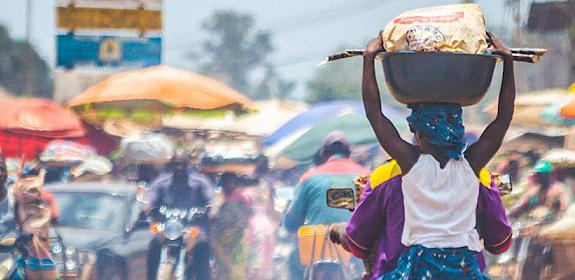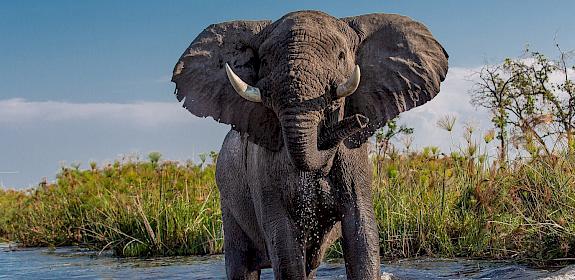French wildlife photography festival backs pangolin conservation
Montier-en-Der, France, 30th November 2014—the conservation problems facing pangolins were in the spotlight this year at the Annual Festival de la photo animaliere de Montier-en-Der film festival, where invited pangolin experts from the Tikki Hywood Trust, the IUCN SSC Pangolin Specialist Group and TRAFFIC spoke about the growing threats to these scaly anteaters.

The experts were present thanks to support from Photographes pour la preservation de la Nature (PPNAT), who each year choose to raise awareness about a particular conservation issue.
This year, PPNAT photographers used their work to showcase the plight of pangolins and will be displaying their pangolin conservation exhibition at further major events throughout Europe in coming years.
There are eight species of pangolins worldwide, four in Africa and four in Asia, bur with soaring demand for pangolins in Asia, both for their scales used in traditional medicines and for their meat, eaten as a luxury dish, populations there are in steep decline and Africa is increasingly becoming used as a source for the animals.
Close to 600 kg of pangolin scales have been seized at France’s Roissy Charles de Gaulle Airport since 2009, including a shipment of 250 kg seized in July this year en route from Nigeria to Lao PDR.
The Tikki Hywood Trust spoke about pangolin conservation efforts in Zimbabwe, where strong enforcement and rigorous penalties are being imposed by the authorities as a deterrent to protect the animals from poaching.
“Africa has become the target and thousands of pangolins scales from the continent are now being seized in Asia,” said Lisa Hywood, Founder and CEO of the Tikki Hywood Foundation.
“All range States need to adopt strong policies regarding the law and enforcing the relevant penalties pertaining to poaching of pangolins.”
In South-East Asia, TRAFFIC is working to stem the illegal trade in pangolins. Already two of the four species in the region have been assessed as Critically Endangered by IUCN, despite laws protecting these animals in all Asian countries. Seizures of more than 20 tonnes have been made in the region, although more recently seizures of locally-sourced pangolins are much smaller, numbering usually fewer than 50 animals, presumably a reflection of continual over-collection for trade.
“Pangolin range countries in South-East Asia also need to adopt and implement strong measures to protect these remarkable animals,” said Dr Chris R. Shepherd, Director of TRAFFIC in Southeast Asia.
“Such efforts need to take place in tandem with efforts to change consumer behaviour and reduce the demand for pangolins in the destination markets.”
Pangolins are difficult to breed in captivity, so commercial farming to meet the current high demand from Asia is not a realistic solution, explains Shepherd.
Louise Fletcher, an active member of the IUCN SSC Pangolin Specialist Group, and Field Adviser for Save Vietnam’s Wildlife, spoke about the conservation work being carried out in Viet Nam where pangolins are under severe pressure for local consumption and export to neighbouring China.
“There is a desperate need to increase our understanding about wild pangolin populations,” said Fletcher.
“This research is imperative for supporting pangolin conservation and actively increasing their populations.”
The small town of Montier-du-Der where the wildlife photography festival has taken place each year since 1996 is a well-known location to wildlife enthusiasts, who come to photograph the spectacular flocks of Common Cranes that congregate there. This year there were around 45,000 visitors to the Festival.
TRAFFIC thanks PPNAT for hosting the speakers on pangolin conservation, and for their commitment to raising awareness and concern about the plight of pangolins.




